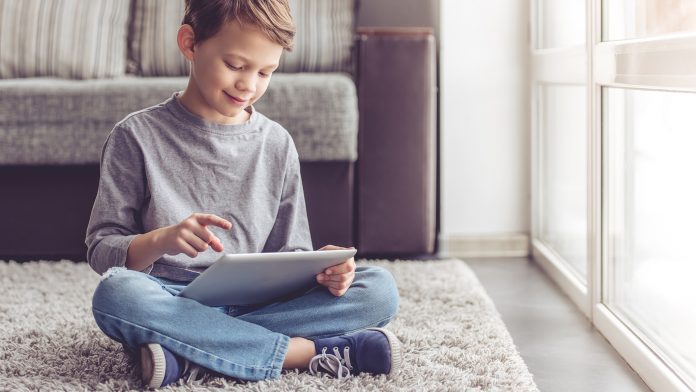
Four digital mental health technologies have been recommended for use in the NHS by the National Institute for Health and Care Excellence (NICE).
Children and young people with mild to moderate anxiety or low mood symptoms will shortly have access to four new digital mental health technologies. The guided self-help digital cognitive behavioural therapy (CBT) technologies can be used as the first step in treatment for those aged five to 18 whilst evidence is being generated.
These technologies will be employed once they have been given Digital Technology Assessment Criteria (DTAC) approval by NHS England.
Widening the health technology offering
This topic is the first to be published as final early value assessment (EVA) guidance, new NICE guidance that provides conditional recommendations on promising health technologies that have the potential to address a national unmet need.
This evaluation focuses on promising technologies that can be used within the NHS while further evidence is generated to enable earlier access for patients. NICE guidance will then be reviewed to include this additional evidence and make a recommendation on the routine use across the NHS.
EVA guidance is expected to take around six months to produce. This is quicker than the current time scale for NICE medical technologies guidance.
Mark Chapman, interim director of medical technology and digital evaluation at NICE, said: “Patient experts told our committee that mental health services are in high demand, access varies widely across the country, and there is an unmet need when it comes to receiving treatment while on waiting lists to see specialists. These four technologies offer low risk options to children and young people who need to begin treatment as soon as possible.
“This guidance shows how NICE is focussing on what matters most by getting the best care to patients fast.”
New digital mental health technologies for children
The four new digital mental health technologies offer a mix of games, videos and quizzes, based on CBT principles, to help children and young people learn techniques to better understand and manage their symptoms of anxiety or low mood.
An initial assessment with a healthcare professional is required before using these digital mental health technologies to check they are suitable. The children and young people will also be checked regularly.
The digital CBT will be delivered on their mobile phones, tablets, or computers and can be accessed remotely and offers flexible access, greater privacy, increased convenience, and increased capacity. It may be appealing to children and young people who utilise digital technologies already, such as using a mobile phone.
The children and young people will have access to support from a healthcare professional, and safeguarding and risk management processes must be in place. This means if digital mental health technologies are not working, this can be identified quickly.
An independent NICE committee has recommended the use of:
- Lumi Nova (BfB labs).
- Online Social anxiety Cognitive therapy for Adolescents (OSCA).
- Online Support and Intervention for child anxiety (OSI).
- Space from anxiety for teens, space from low mood for teens, space from low mood and anxiety for teens (Silvercloud).
It is important to note that it will be up to the local NHS to determine how they wish to commission these new treatment options once they are DTAC compliant.









